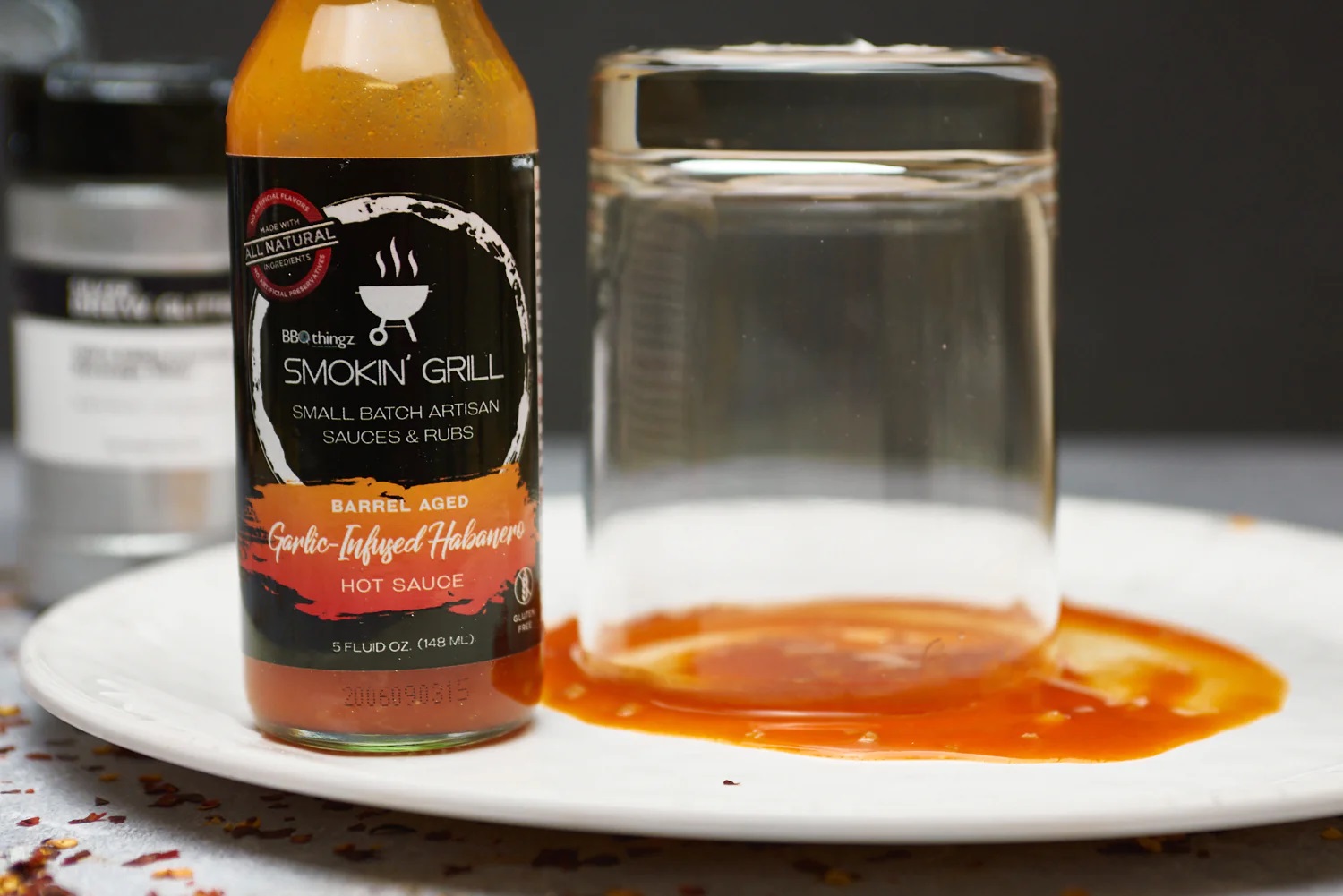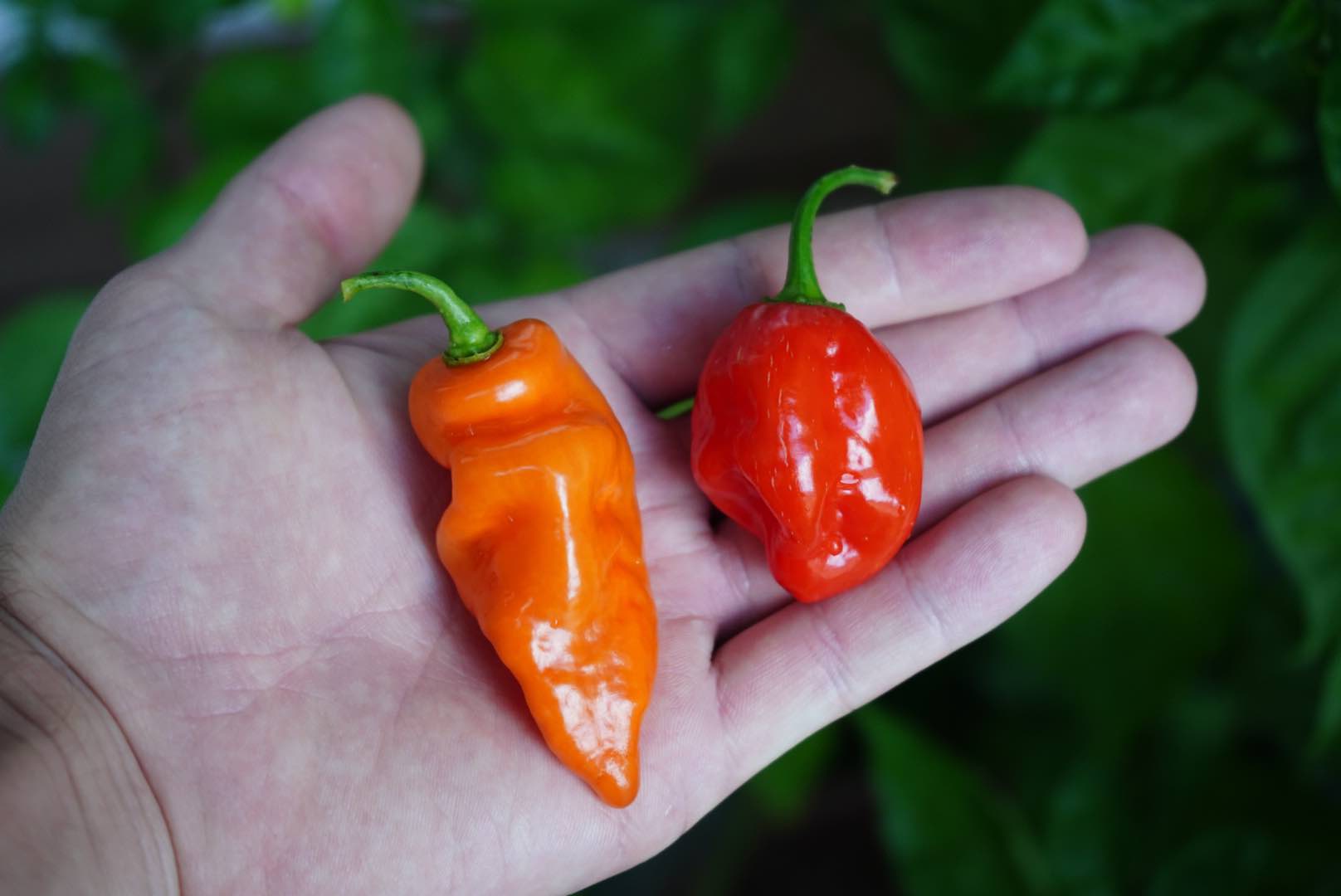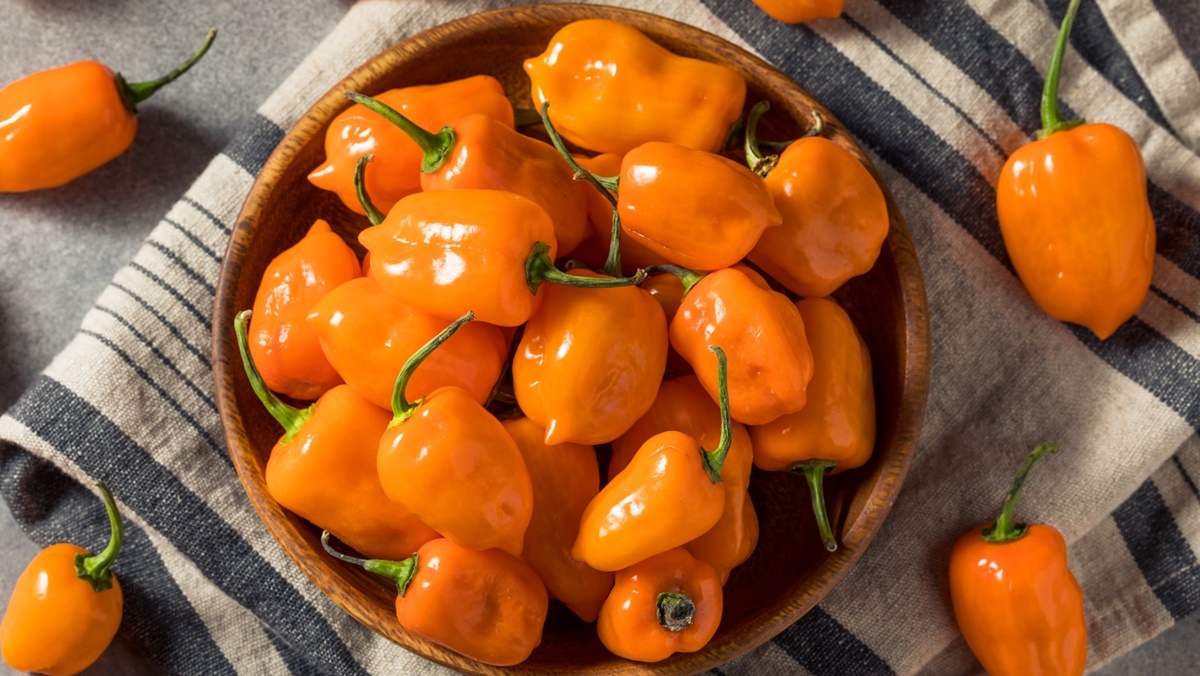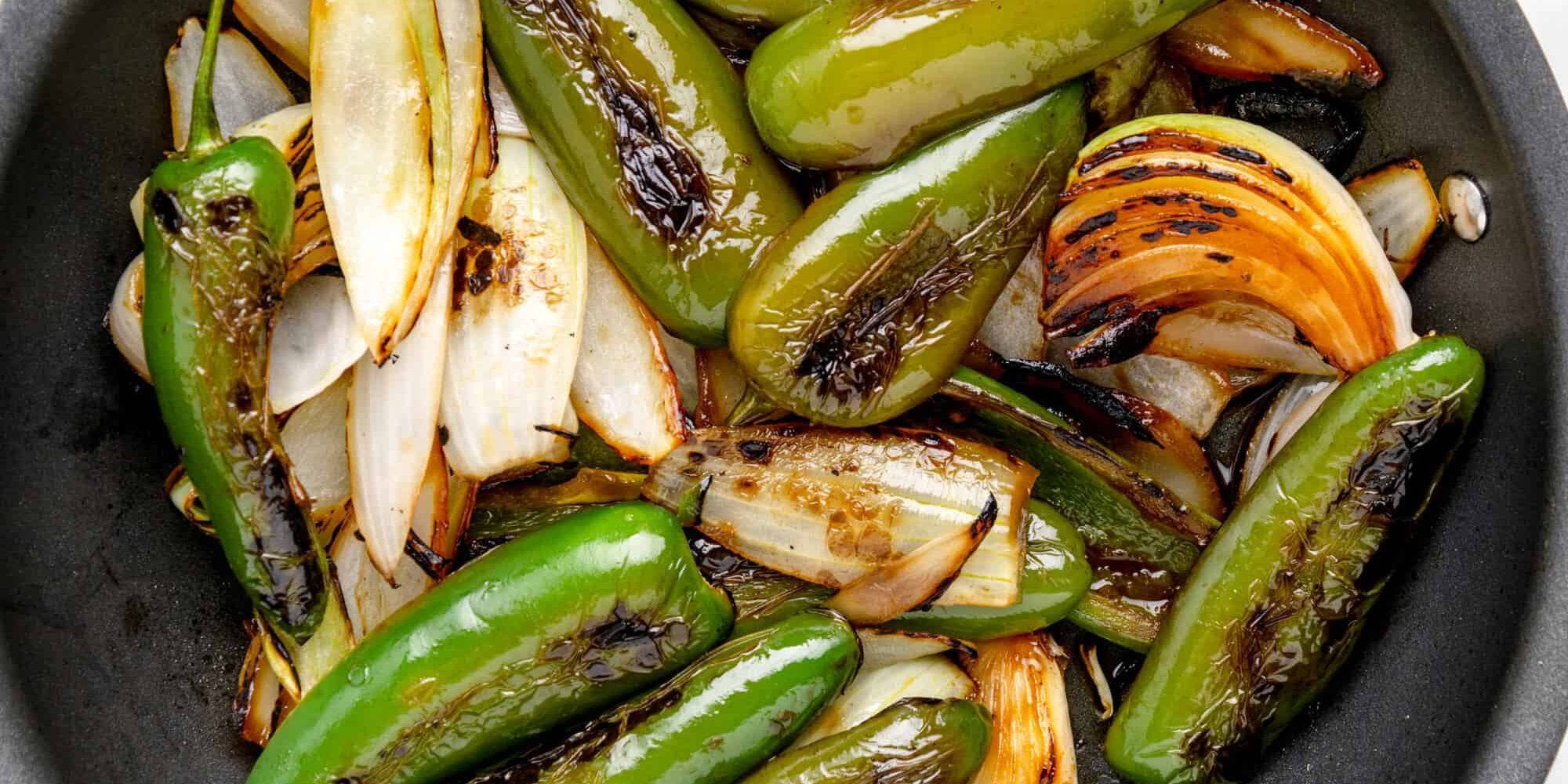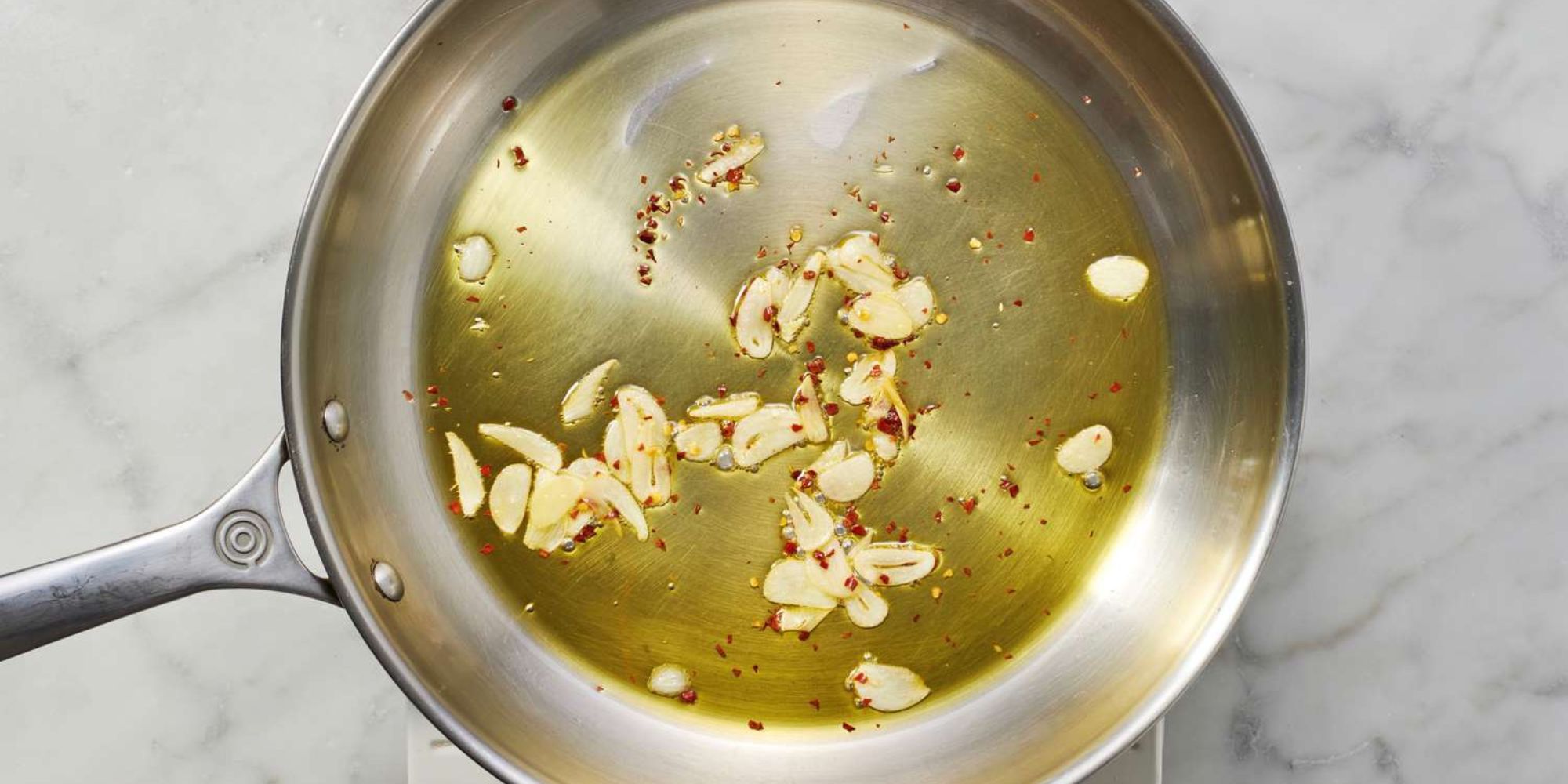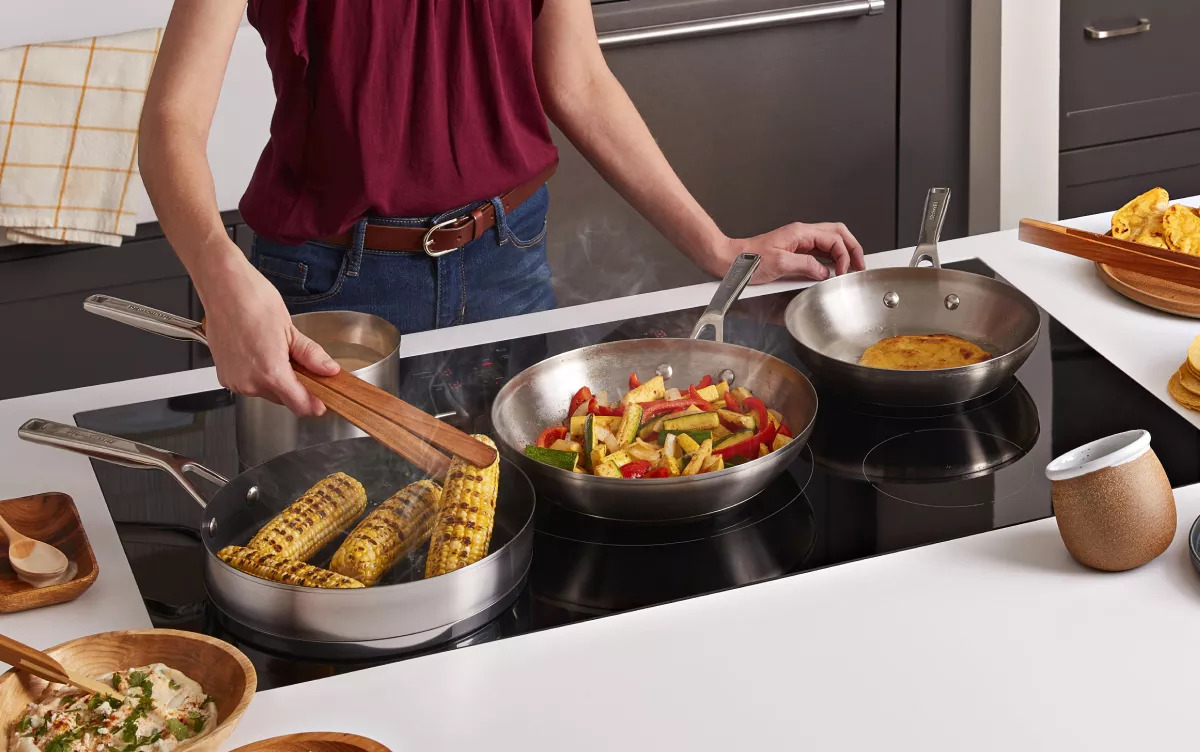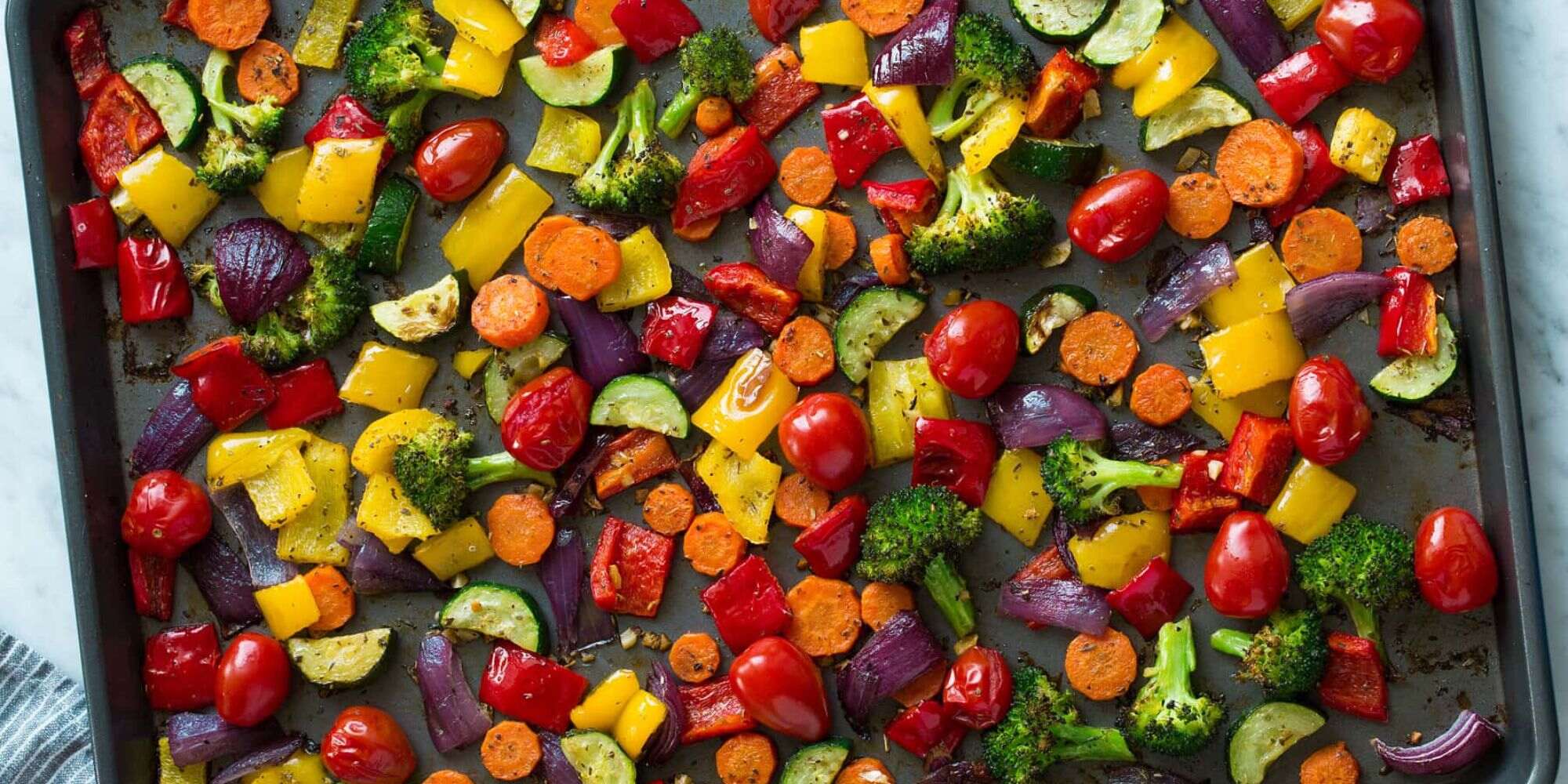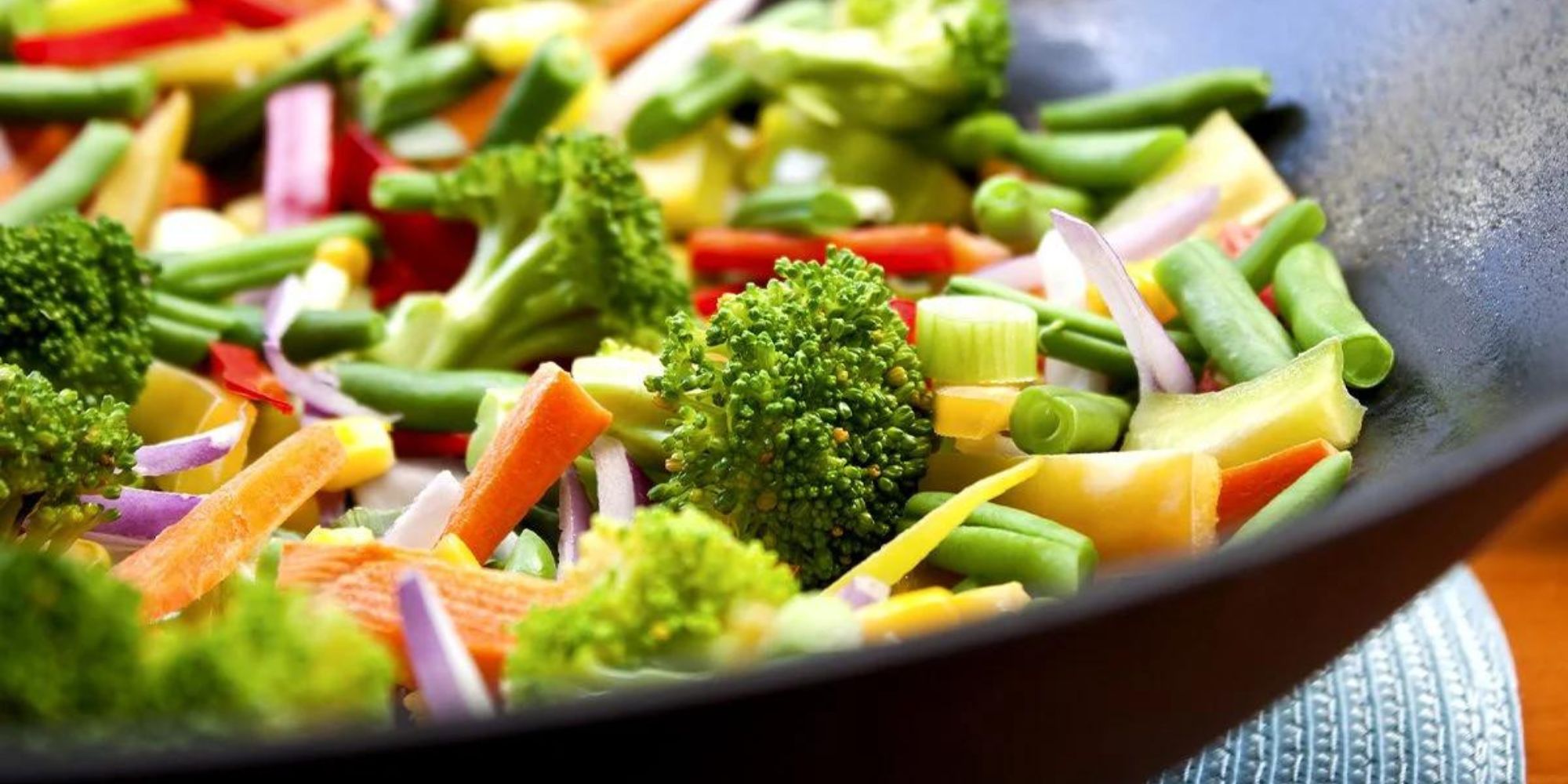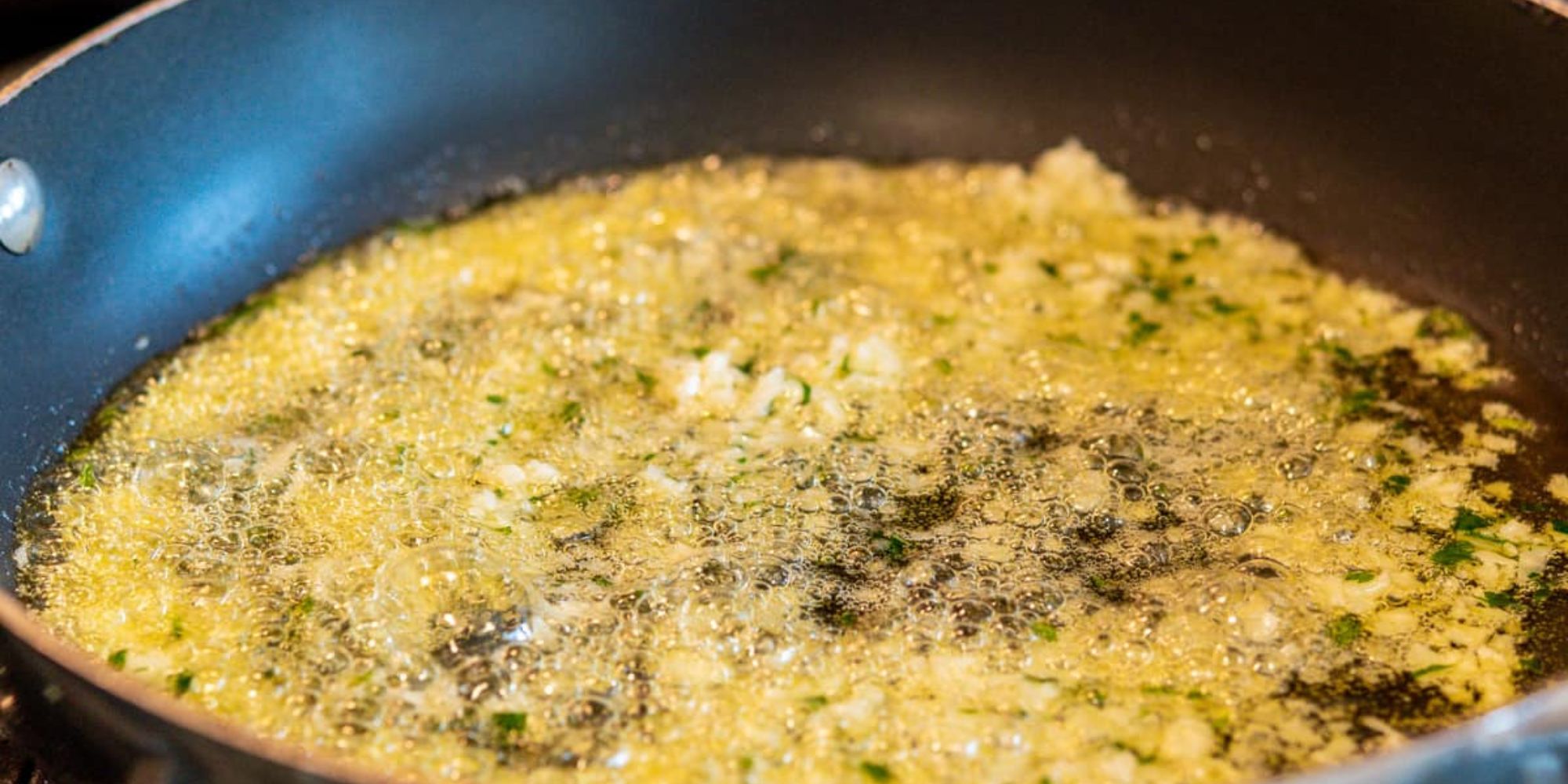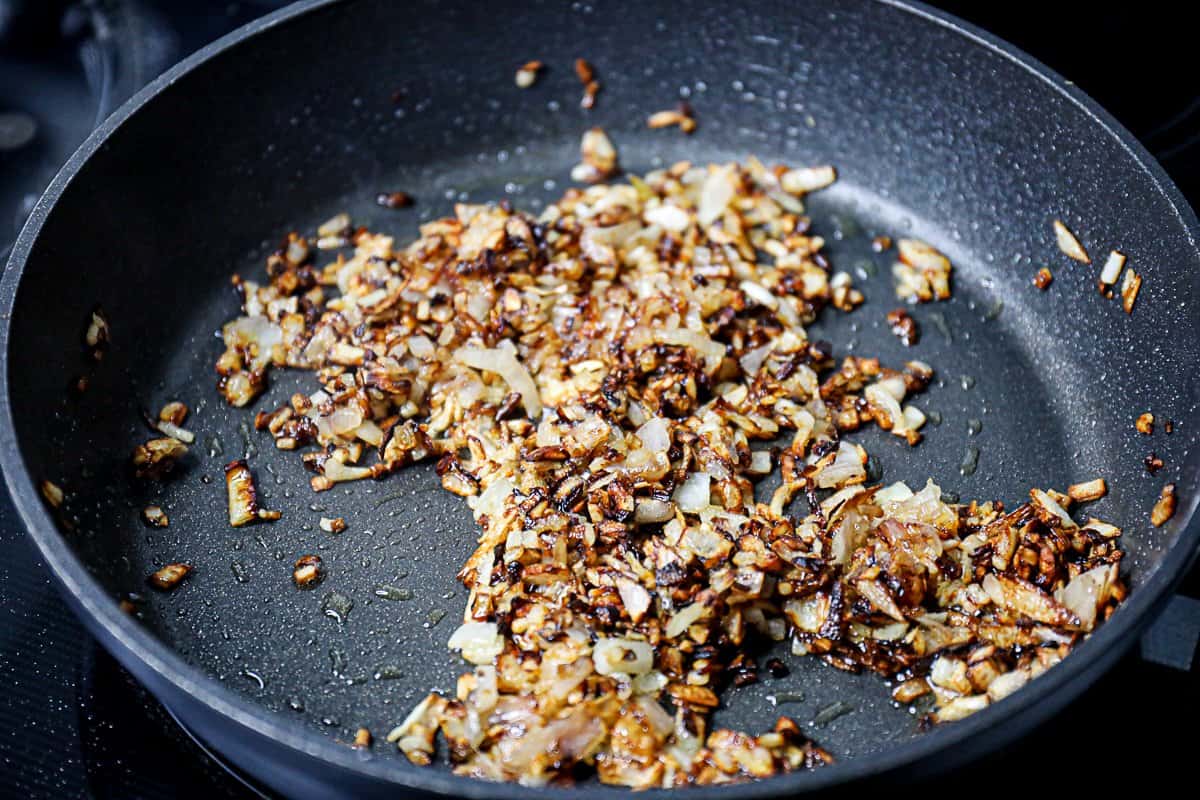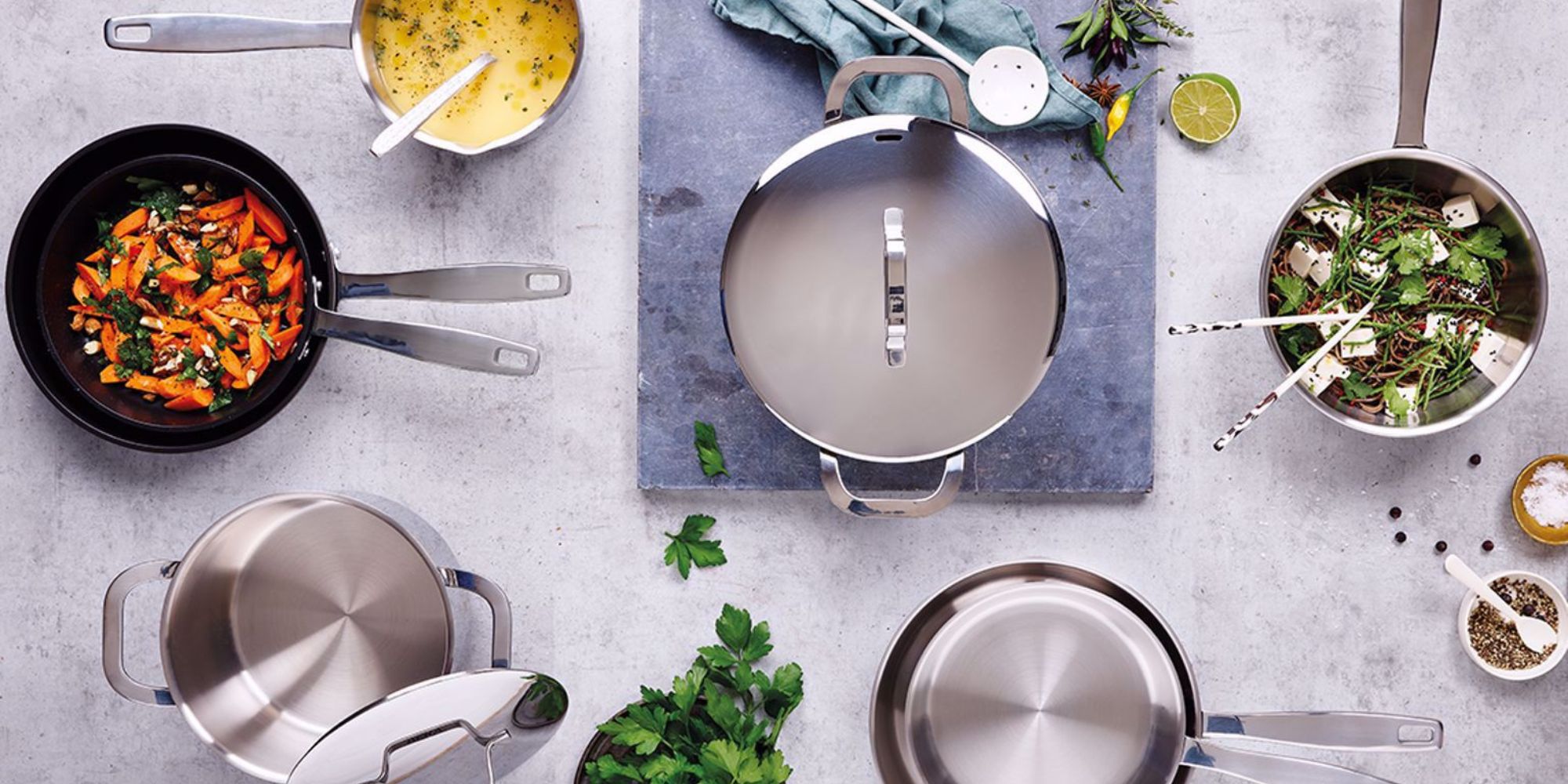Sauteing habanero peppers is a great way to add a spicy kick to your dishes. However, it's important to handle these fiery peppers with care to avoid any unwanted burns. In this guide, we'll walk you through the process of sauteing habanero peppers to perfection.
Choosing the Right Peppers
When selecting habanero peppers, look for ones that are firm and free from blemishes. The color of the pepper can range from green to orange, and the level of spiciness tends to increase as the pepper ripens. Keep in mind that habanero peppers are extremely hot, so handle them with caution.
Preparing the Peppers
Before sauteing habanero peppers, it's important to prepare them properly. Start by washing the peppers under cold water to remove any dirt or residue. Next, carefully remove the stems and seeds from the peppers. Remember to wear gloves while handling habanero peppers to avoid any skin irritation from the capsaicin.
Sauteing Process
Now that your habanero peppers are prepped, it's time to saute them. Here's a simple step-by-step guide to sauteing habanero peppers:
- Heat a skillet or frying pan over medium heat.
- Add a small amount of oil to the pan, such as olive oil or vegetable oil.
- Slice the habanero peppers into thin strips or small pieces.
- Carefully add the sliced peppers to the hot pan.
- Use a spatula to stir the peppers, ensuring that they cook evenly.
- Saute the peppers for 3-5 minutes, or until they are slightly softened and fragrant.
- Be mindful of the strong aroma that will be released during the sauteing process, as it can cause coughing or irritation to the eyes and nose.
Using Sauteed Habanero Peppers
Once the habanero peppers are sauteed to your liking, they can be used to add heat and flavor to a variety of dishes. Consider incorporating sauteed habanero peppers into:
- Stir-fries
- Tacos and burritos
- Soups and stews
- Sauces and marinades
- Grilled meats or vegetables
Safety Precautions
When working with habanero peppers, it's crucial to take proper safety precautions to avoid any accidents or discomfort. Always remember to:
- Wear gloves when handling habanero peppers to protect your skin from the potent capsaicin.
- Avoid touching your face, eyes, or other sensitive areas while handling the peppers.
- Wash your hands thoroughly with soap and water after handling habanero peppers.
- Be mindful of the fumes released during the sauteing process, as they can cause irritation.
Conclusion
Sauteing habanero peppers can add a bold and spicy flavor to your culinary creations. By following these simple steps and safety precautions, you can enjoy the heat of habanero peppers without any mishaps. Remember to handle these fiery peppers with care, and always be mindful of their intense spiciness. With a bit of caution and culinary creativity, sauteed habanero peppers can elevate your dishes to new levels of flavor and heat.
For those looking to spice up their culinary skills, the article provides an excellent guide on how to sauté habanero peppers, which can be applied to a variety of recipes. Adventurous cooks should try making Spicy Chicken Tacos with Sautéed Habanero Peppers, which deliver a kick of heat balanced by savory chicken. Another great option is Habanero Pepper and Shrimp Stir-Fry, offering a delightful mix of spicy and sweet flavors. For those who love a hearty meal, Fiery Beef Burritos with Sautéed Habanero are a must-try, combining the robust taste of beef with the fiery essence of habanero. And for a refreshing twist, the Habanero Pepper and Mango Salsa pairs the pepper's heat with the natural sweetness of mango, perfect as a dip or topping. Each of these recipes showcases the versatile nature of sautéed habanero peppers and promises to bring a fiery delight to your table.
